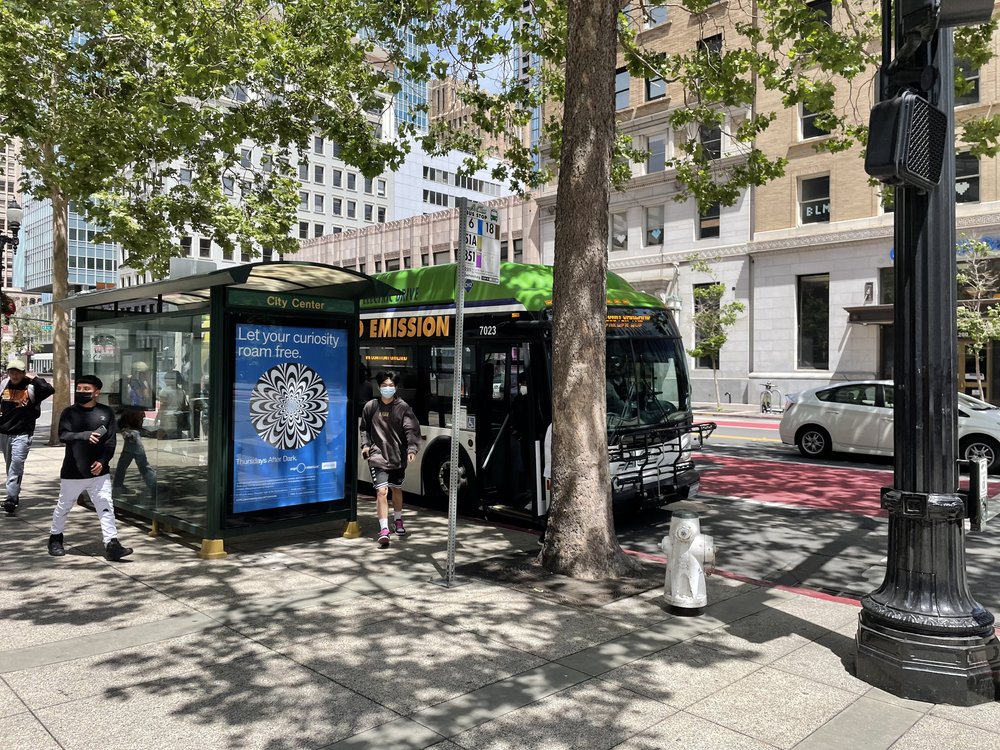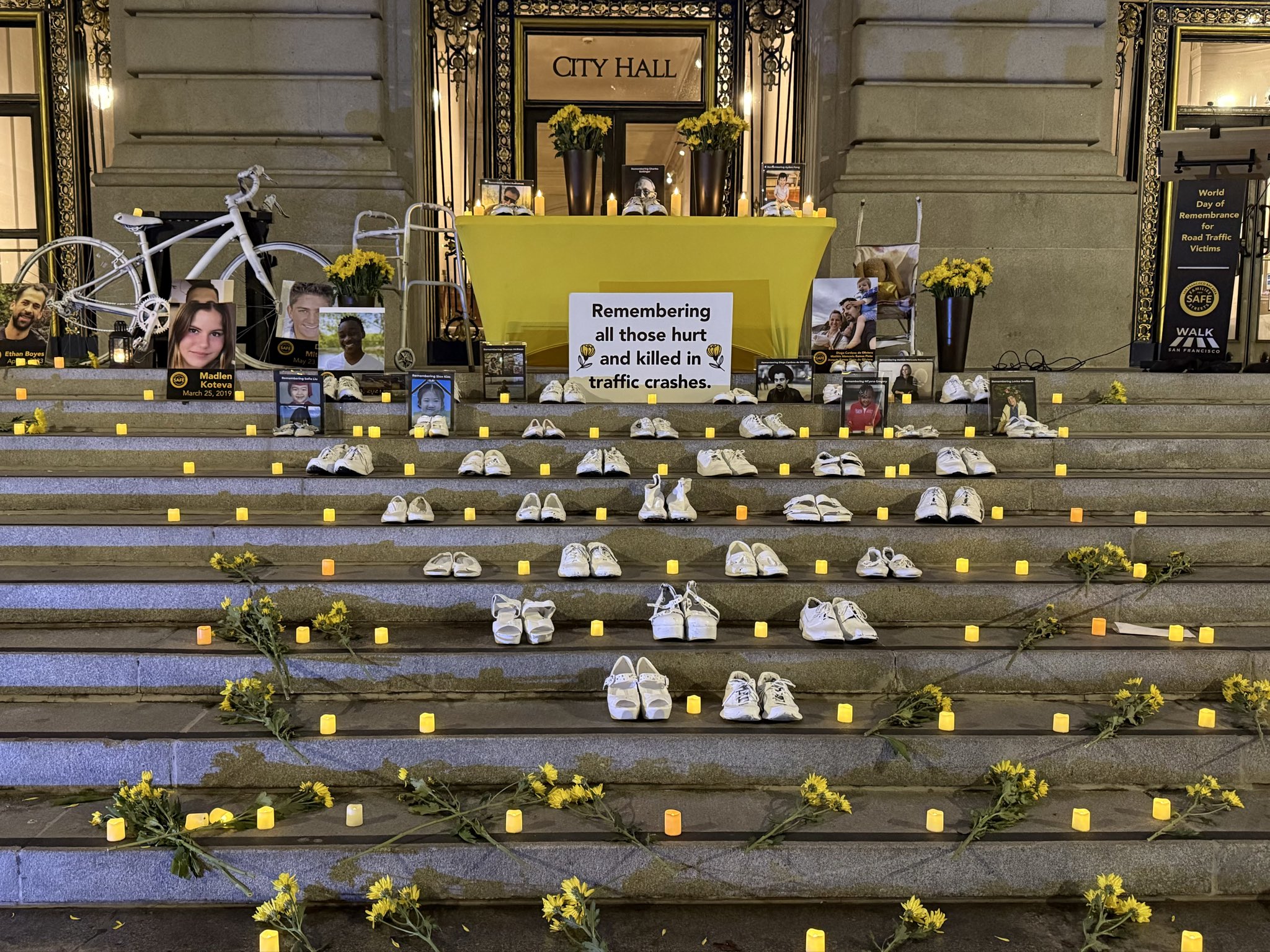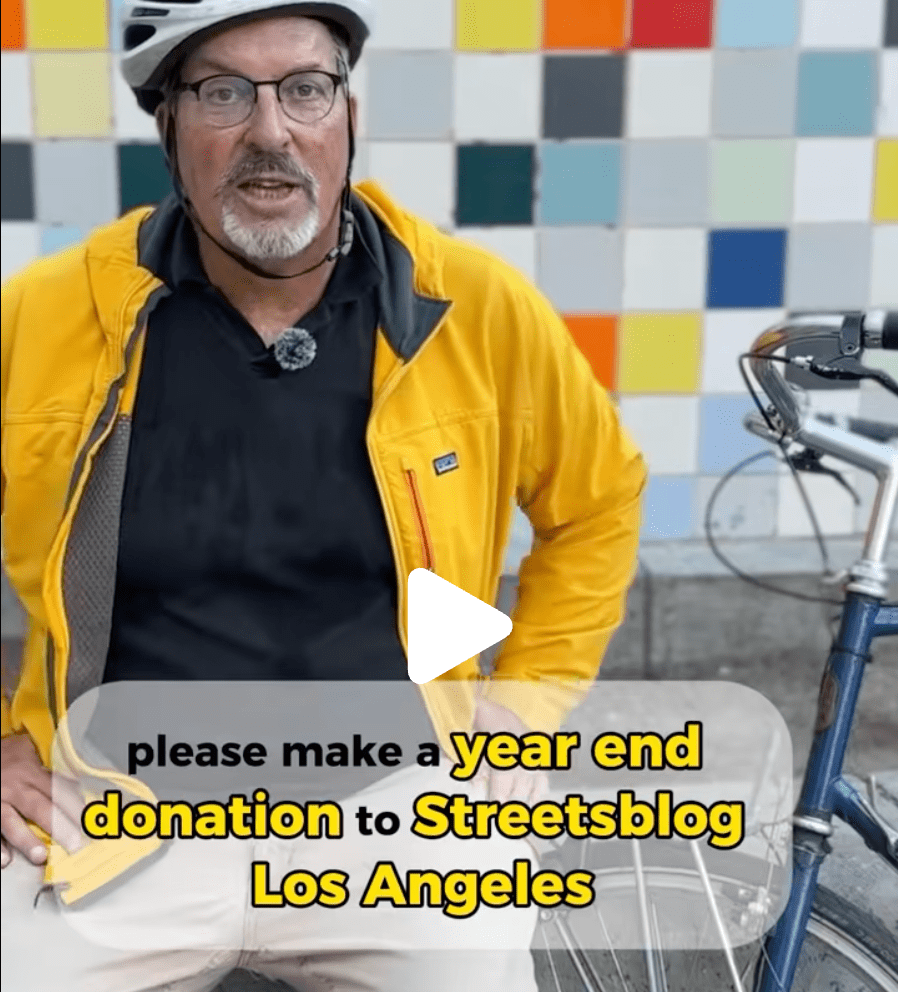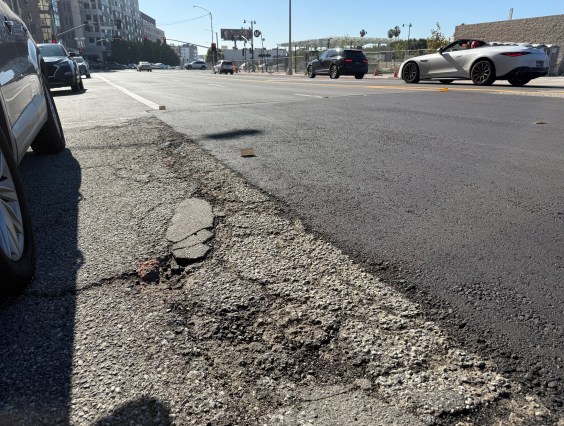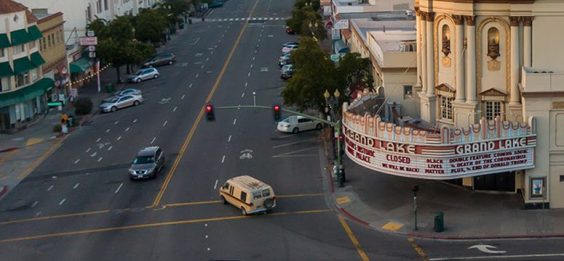(This is the second in a series of posts by Hayden AI, our newest advertising sponsor. Hayden AI is a global leader in smart enforcement technologies powered by artificial intelligence. Find out more about how their digital traffic enforcement platform increases safety, efficiency, and sustainability at Hayden.ai. Read their first post in the series, here.)
Public transit unlocks jobs, education, recreation, and other essential services for thousands of people across the country. But slow and unreliable service reduces access to opportunities for those who need it the most. Automated bus lane enforcement is a powerful tool to take back road space for transit riders.
COVID-19 made it clear to the public how essential public transit is to communities of color and low-income neighborhoods. During the pandemic, neighborhoods with a higher proportion of people in poverty and of Hispanic people experienced fewer reductions in transit ridership than high-income neighborhoods.
Additionally, in an analysis of COVID-19 transit ridership by Yonah Freemark for the Urban Institute, communities with more Black residents, lower median incomes, and more working-class jobs “lost fewer riders on average than communities with few Black residents, high incomes, and many college-educated residents.”
Public transit is essential to equitable access to opportunities, and buses specifically are a huge part of that effort. For example, in Washington DC, buses maintained and regained riders at a quicker rate than Metrorail, the extensive heavy rail network – another indication of their critical importance to improve equity.
But buses get stuck in traffic, causing severe delays that makes service unreliable and individual trips much longer. Average bus speeds across the United States reach no more than 12 mph. In New York City, that average speed drops to 7.9 mph.
These slow speeds have negative consequences for ridership. According to research cited by TransitCenter, the quality of service – not the advent of Uber and Lyft or decreasing gas prices – was the largest cause of declining transit ridership pre-COVID 19. Additionally, from that same report, those riders that did switch to transportation network companies (TNCs) cited slow speeds and unreliable service as reasons for leaving transit.
Slow and unreliable transit service has major consequences for social equity, perpetuating deep inequalities along race and class lines. Commute time is the number one predictor of economic mobility, and across the U.S., transit riders experience some of the longest commutes to work. Improving bus service is thus an important and effective way to improve equity.
One way transit agencies and cities can make public transit more equitable is by establishing and enforcing dedicated bus lanes, as recommended by the National Association of City Transportation Officials (NACTO) in its recent report, “Move! That! Bus!” Dedicated road space for buses can significantly improve bus speeds, with recent research from New York City’s 14th Street bus lane showing that just months after launching in 2019, travel times were 30% shorter. This resulted in a major ridership increase: 17% more riders on weekdays (increasing daily weekday ridership to 31,000) and 37% more on Saturdays.
Yet as NACTO notes, bus lanes only work if there are no cars in them. Illegal parking and driving in bus lanes makes it difficult for transit agencies to provide reliable and on-time bus service. And illegal parking at bus stops can make it impossible for disabled riders to board or exit the bus, as parked vehicles block bus access to the curb. This too has major equity implications, as low-income communities have a higher percentage of disabilities than the general public.
Automated camera enforcement is a powerful and equitable solution to this problem. “During San Francisco’s pilot program, automated enforcement cameras reduced delays in dedicated bus lanes by 3-15%, and less than 2% of drivers received more than one ticket,” NACTO writes in its report. “Cameras are a more equitable, sustainable, and effective option than relying on a police officer to enforce dedicated bus lanes.”
At Hayden AI, we’re proud to strengthen public transit – and all who ride – by keeping bus lanes clear for buses through our automated bus lane enforcement platform.
